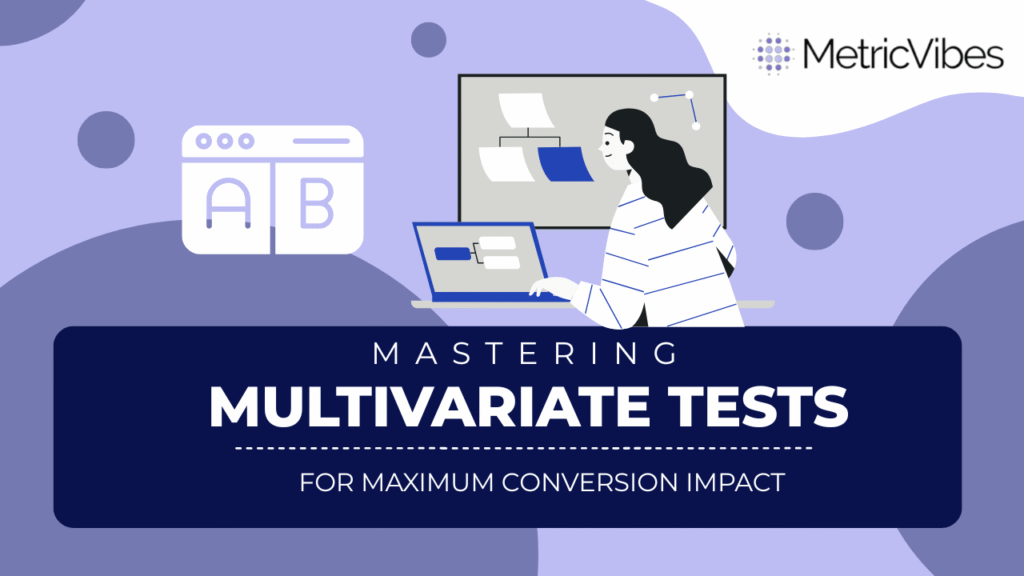Mastering Multivariate Tests for Maximum Conversion Impact
Introduction
Today, the digital world thrives on optimization and personalization, with businesses constantly fine-tuning their online presence to enhance user experience and boost conversions. In this realm, multivariate testing emerges as a powerful tool. According to a 2023 study by Metric Institute, businesses that employ advanced testing strategies can see up to a 30% improvement in conversion rates. This statistic not only emphasizes the effectiveness of these techniques but also underscores the evolving landscape of digital interaction and user behavior analysis

What is the Challenge?
Though promising, the challenge of implementing multivariate tests lies in their complexity. Unlike A/B testing, which compares two variants of a single element, multivariate testing involves multiple variables and their interactions. This complexity can lead to confusion in setup, longer test durations, and increased difficulty in interpreting results accurately. For many businesses, especially those without a dedicated analytics team, this can pose a significant hurdle.
Proposed Solutions
1. Strategic Test Design
The first step to mastering multivariate tests is designing them strategically. Focus on key elements that might interact to influence user behavior significantly – such as headlines, images, and call-to-action buttons. Tools like VWO can aid in this designing phase by providing visual editors and real-time data.
Benefits:
Tailored strategies prevent waste of resources and concentrate efforts on high-impact elements, leading to more conclusive and actionable results.
2. Incremental Approach
Start with simpler tests or A/B/n tests to understand basic interactions and user preferences. Gradually evolve into more complex multivariate scenarios as you gain more insight and confidence.
Benefits:
This layered approach helps in building a knowledge base of what works (and what doesn’t), reducing risk in subsequent, more complex tests.
3. Utilize Advanced Analytics and AI
Implementing AI-powered analytics can significantly decipher complex data from multivariate tests. For instance, predictive algorithms can anticipate user preferences and suggest optimal combinations of elements to test.
Benefits:
AI integrations not only speed up the data processing but also bring precision to data interpretation, enhancing the quality of decisions based on the test results.
4. Continuous Learning and Adaptation
The digital landscape and user behaviors are perpetually evolving. Continuous learning from ongoing tests and adapting the strategies accordingly is crucial. Establishing a culture of data-driven decision making within the team can foster more focused and effective testing.
Benefits:
This ensures that the testing strategies remain relevant and aligned with current market and consumer dynamics, maintaining or improving conversion rates over time.
Conclusion
Multivariate testing is a sophisticated tool in the optimization toolkit, essential for businesses aiming to refine their user experience and maximize conversions. By embracing a strategic, incremental, and analytically advanced approach, companies can not only navigate the complexities of multivariate tests but can also leverage them for significant improvements in performance metrics. Remember, the key to successful multivariate testing lies in not just interpreting interactions but in continuously evolving with them. Armed with the right strategies and tools, your journey from data to decisions can both be insightful and impactful.
Reach out for tailored analytics and personalization solutions for your business by us. Contact Here

